Imagine waking up with sharp, stabbing pain in your lower left side-so intense it makes you curl up. You feel feverish, bloated, and your stomach is tender to the touch. You might think it’s food poisoning, a bad stomach bug, or even appendicitis. But if you’re over 40, there’s a good chance it’s diverticulitis-an inflamed pouch in your colon that’s more common than you think.
What Exactly Is Diverticulitis?
Diverticulitis happens when small pouches, called diverticula, form in the wall of your colon and become infected or inflamed. These pouches aren’t dangerous on their own. In fact, most people have them without ever knowing. That condition is called diverticulosis. But when one of those pouches gets blocked by stool or bacteria, it can swell, hurt, and sometimes even burst. About 35% of people under 50 have diverticulosis. By age 60, that number jumps to nearly 60%. And while most never develop diverticulitis, about 1 in 5 people with diverticulosis will have an attack at some point. The pain is usually centered in the lower left abdomen, though people of Asian descent often feel it on the right side due to differences in colon anatomy.How Do You Know It’s Diverticulitis and Not Something Else?
It’s easy to mistake diverticulitis for other digestive issues. Irritable bowel syndrome (IBS) causes bloating and cramps, but it doesn’t bring fever or sharp, constant pain. Crohn’s disease affects the whole gut and shows up in patches, not just around pouches. Ovarian cysts in women can mimic the pain too. Doctors look for three key signs: localized belly tenderness, a fever over 38°C (100.4°F), and elevated white blood cells (leukocytosis). But the real diagnostic tool is a CT scan. It shows exactly where the inflammation is, how bad it is, and whether there’s an abscess or a leak. Without imaging, up to 25% of cases get misdiagnosed. The pain doesn’t come and go like IBS. It’s constant, gets worse when you move, and often feels like a knife is stuck in your side. Some people describe it as "hot knives"-a real quote from a Reddit user who’s been through it.What Causes Diverticulitis?
For years, doctors told people to avoid nuts, seeds, and popcorn because they thought these foods got stuck in the pouches and caused inflammation. That advice is outdated. A massive 18-year study of 47,000 women found no link between eating nuts, seeds, or corn and diverticulitis risk. In fact, those who ate more of these foods had slightly lower rates. The real culprits? Low fiber intake, lack of movement, obesity, and smoking. A diet low in fiber leads to harder stools, which means your colon has to squeeze harder to move them. That pressure pushes weak spots in the colon wall outward, forming pouches. Over time, those pouches get blocked, inflamed, and infected. Obesity increases your risk more than double. Smoking raises it nearly threefold. And if you sit most of the day and barely move, your risk goes up 38% compared to people who get regular exercise.How Is Diverticulitis Treated Today?
The biggest shift in treatment happened in the last five years. For years, everyone got antibiotics. Now, we know that’s not always necessary. For mild cases-what doctors call Hinchey Stage Ia-you can often treat it at home. That means resting your gut: clear liquids for 1-3 days, then slowly adding soft, low-fiber foods like white rice, eggs, and cooked vegetables. Pain relief comes from acetaminophen. No NSAIDs like ibuprofen-they raise the risk of a perforation. Antibiotics? Only if you have a fever above 38.5°C or a very high white blood cell count. A major 2021 study called the DIVERT trial showed no difference in recovery time between people who took antibiotics and those who didn’t-both recovered in about 7 days. Moderate cases (Hinchey Ib-II) usually mean a hospital stay. You get IV antibiotics like piperacillin-tazobactam, fluids, and close monitoring. Most people bounce back in 2-3 days and go home on oral antibiotics. Severe cases-where the colon has burst or there’s a large abscess-need surgery. Laparoscopic lavage (cleaning out the abdomen without removing part of the colon) works in 82% of cases for contained perforations. If the damage is worse, surgeons may remove the affected section of colon. This used to be the first step. Now, it’s a last resort.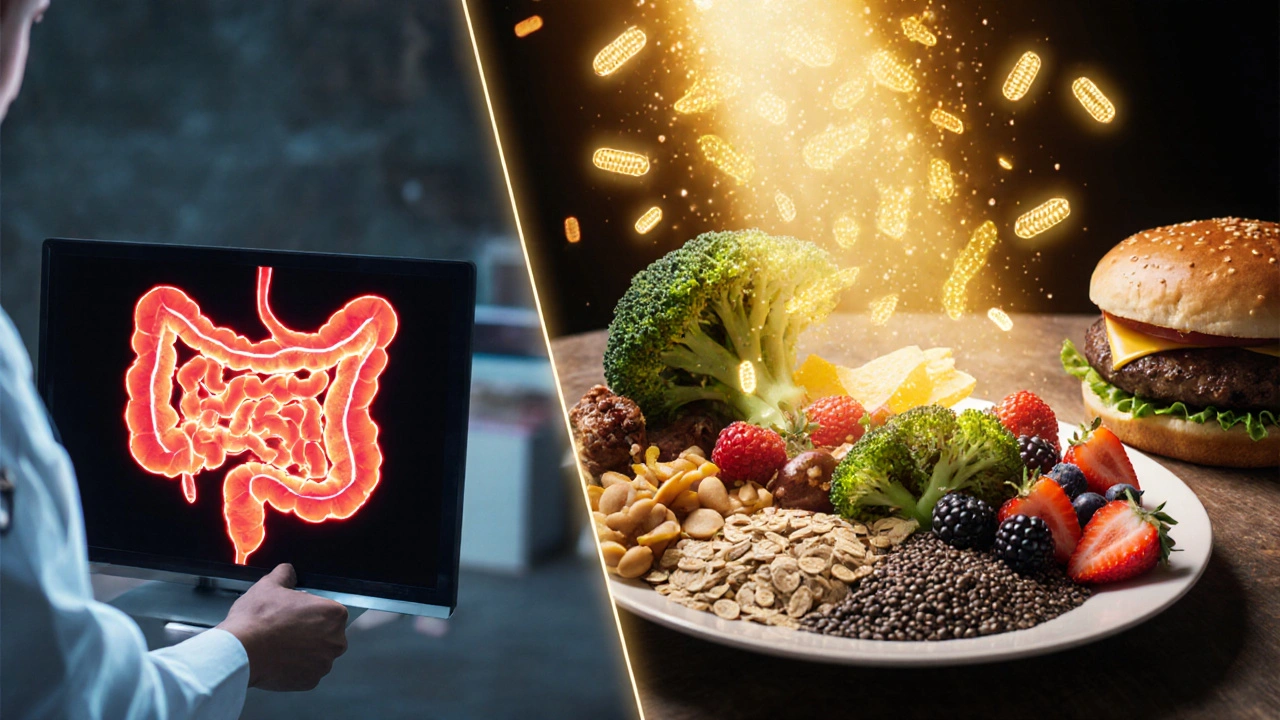
What Happens After the Attack?
Once the inflammation settles, your doctor will likely schedule a colonoscopy 6-8 weeks later. Why? Because diverticulitis can hide cancer. About 1.3% of people over 50 who’ve had diverticulitis turn out to have colon cancer. That’s not a lot-but it’s enough to warrant checking. And then comes the big question: will it come back? About 15-30% of people have a second attack. For some, it’s a one-time thing. For others, it becomes a cycle. That’s where prevention matters more than treatment.How to Prevent Diverticulitis From Coming Back
The best weapon against recurrence? Fiber. Not just any fiber-real, whole-food fiber. Aim for 30-35 grams a day. That’s not a supplement. That’s beans, lentils, oats, berries, broccoli, chia seeds, and whole grains. One person on a patient forum said: "After my second attack, I jumped to 35g of fiber daily. I haven’t had another flare-up in 27 months." That’s not luck. That’s science. Recent research shows that people with recurrent diverticulitis often have lower levels of Faecalibacterium prausnitzii-a good gut bacterium that calms inflammation. Eating fiber feeds these good bugs. It’s like fertilizer for your gut lining. Medications can help too. In 2023, the FDA approved mesalazine (Pentasa®) for long-term use in people with frequent attacks. In trials, it cut recurrence by 31% over a year compared to placebo. And yes, exercise matters. Just 150 minutes a week-about 30 minutes, five days a week-lowers your risk. Walking counts. Gardening counts. Dancing counts.What About Surgery? When Is It Really Needed?
Surgery used to be recommended after three attacks. Now, guidelines say: consider it after two hospitalizations, especially if your quality of life is suffering. Why? Because between attacks, many people live in fear. They avoid social events, skip meals, or constantly worry about the next flare-up. One study found that 40% of patients with multiple attacks report major limitations in daily life. Laparoscopic removal of the sigmoid colon (the most common site) is now safe and effective. Recovery takes 4-6 weeks, and most people never have another attack after surgery. But surgery isn’t for everyone. If you’re healthy, active, and managing with diet and meds, you can avoid it. If you’re in pain, scared, and missing work or family time, it might be the best option.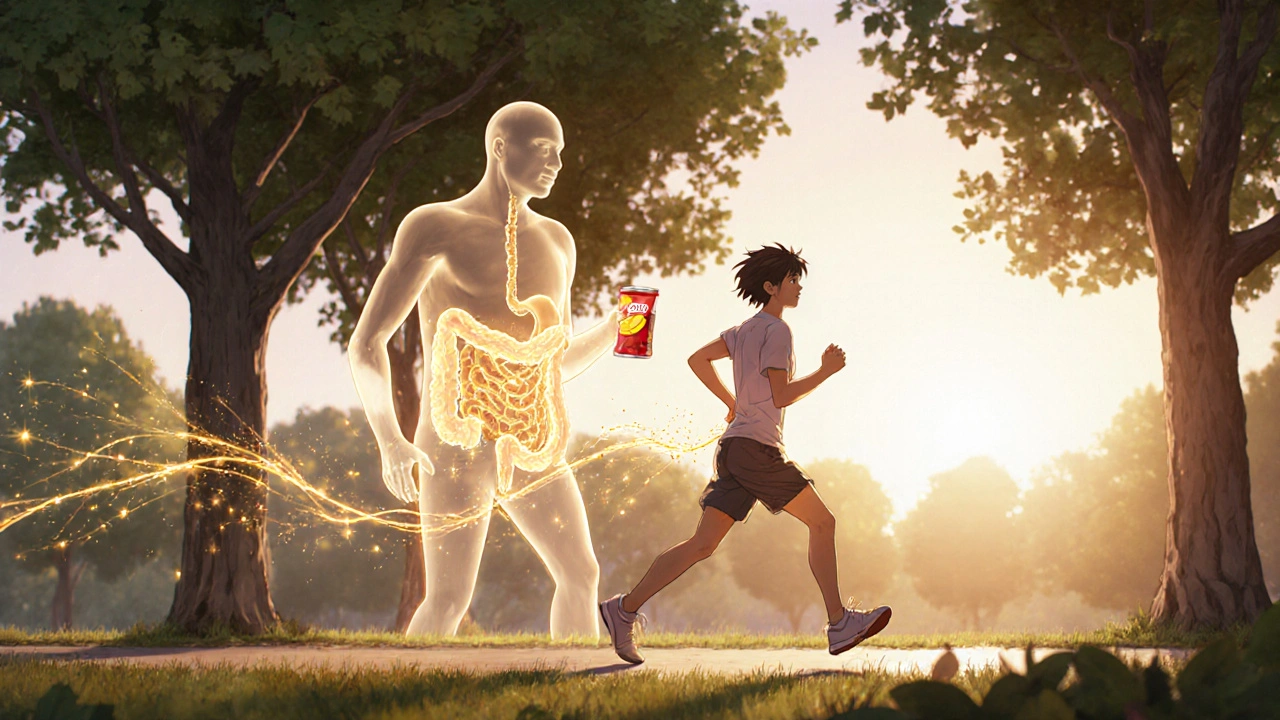
The Bigger Picture: Why Diverticulitis Is on the Rise
Hospitalizations for diverticulitis have jumped 26% since 2000. And it’s not just older people anymore. Young adults (18-44) now make up 22% of cases-up from 14% two decades ago. Why? Processed food. Sedentary jobs. Obesity. Low fiber. These aren’t just "lifestyle" issues-they’re systemic. The modern diet, rich in refined carbs and low in plants, is literally reshaping our guts. In the U.S., diverticulitis costs $2.3 billion a year in hospital bills. That’s more than $11,000 per patient on average. Preventing just one attack saves money, pain, and time.What You Can Do Right Now
If you’ve had a flare-up:- Get a colonoscopy 6-8 weeks after recovery
- Start tracking your fiber intake-aim for 30g+ daily
- Swap white bread for whole grain, soda for water, chips for nuts and fruit
- Walk 30 minutes a day, five days a week
- Quit smoking if you do
- Don’t wait for pain. Start eating more plants now
- Don’t fear nuts or seeds-they’re protective, not harmful
- Get screened for colon cancer if you’re over 45

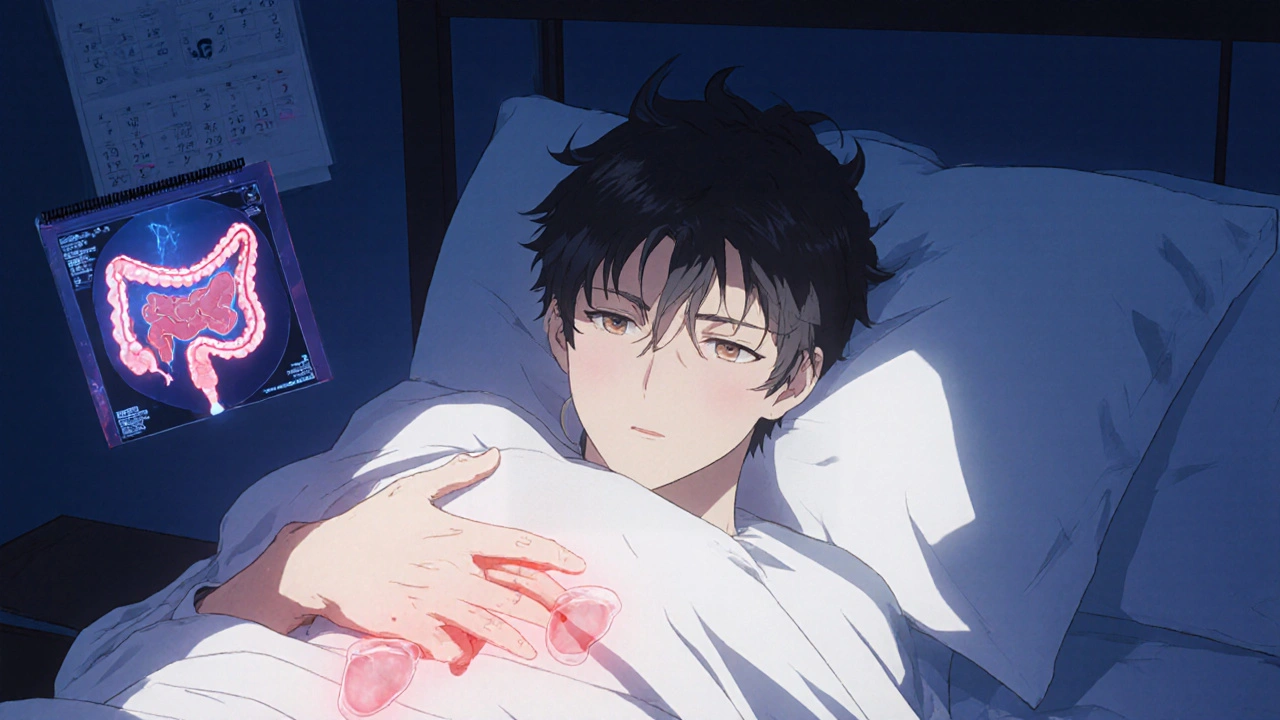
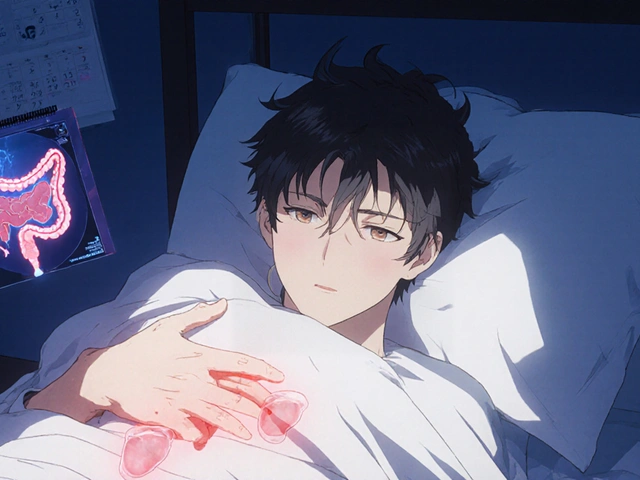
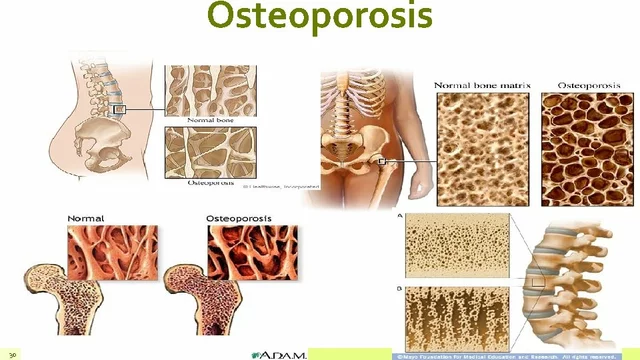
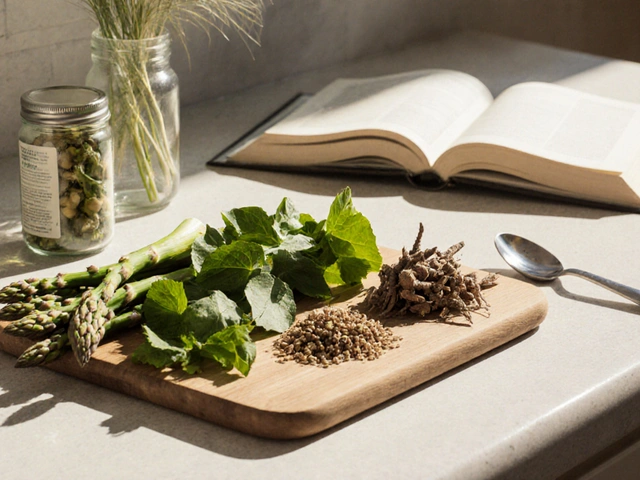
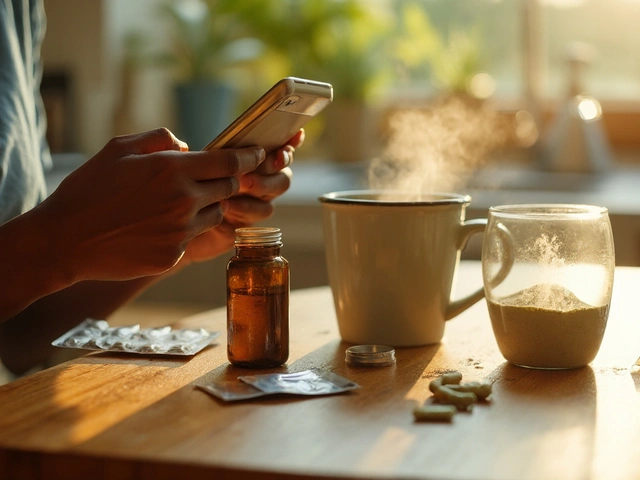


Comments
Just finished reading this - huge relief to see someone finally debunk the nuts myth. I used to avoid everything crunchy out of fear. Now I eat almonds daily and haven't had a flare-up in 14 months.
lol i thought diverticulitis was just a fancy word for constipation. turns out i’ve been eating like a trashcan for 10 years 😅
Okay so let me get this straight - we’ve been told for decades that nuts cause diverticulitis, and now we find out it’s actually the opposite? And the real villains are processed food, sitting on your ass all day, and smoking? Shocking. Absolutely shocking. Like, who even came up with the nuts theory in the first place? Was it some 1950s doctor who had a bad day eating trail mix? And why did every single medical textbook repeat it like gospel? This is why I don’t trust medicine. It’s all just vibes and bad data until someone with a big grant does a study that contradicts everything. And now we’re supposed to believe this new thing? What’s next? That water causes kidney stones? That breathing causes lung cancer? This is why I don’t trust doctors. They change their minds like socks. One week it’s fiber, next week it’s probiotics, then it’s fasting, then it’s keto, then it’s vegan, then it’s carnivore. Meanwhile, my colon is just sitting there like, ‘Can we just get one consistent message?’ I’ve had two attacks. I’m not doing another diet. I’m just gonna eat what I want and hope for the best. And if I die? At least I died happy.
Hey, I’ve been where you are. After my first flare-up, I was scared to eat anything. But slowly, I added one new veggie a week - broccoli, then lentils, then chia seeds. Now I feel better than I have in years. You don’t have to be perfect. Just start somewhere.
Diverticulitis is not just a medical condition - it is a mirror of our civilization’s decay. We have replaced the wisdom of ancestral diets - whole grains, fermented foods, daily movement - with plastic-wrapped poison and office chairs. Our guts are not broken. We are broken. The colon does not lie. It screams through pain. And still, we listen to ads for soda and ignore the voice of our own biology. The real surgery needed is not on the colon - it is on the soul of modern life.
Bro, I had a flare-up during my cousin’s wedding. I was in the bathroom for 45 minutes while everyone danced. My mom screamed, ‘You ate too much biryani!’ No. I ate too much white rice, too little dal, and too much sitting. I started walking after dinner. Now I do 10K steps daily. No more hospital trips. And yes, I eat peanuts like they’re candy. Nuts are my new best friends.
Everyone talks about fiber like it’s magic. But what about the fact that 70% of people who eat tons of fiber still get it? Maybe it’s not the food. Maybe it’s the water. Or the pesticides. Or the fluoride. Or the government. Or all of it.
wait so if fiber helps then why do i know a guy who eats 50g of fiber a day and got diverticulitis 3 times? maybe its the glyphosate in the oats? or the microplastics in the water? or maybe its just because the government wants us sick so we buy more meds? i mean look at the pharma companies they profit from every flare up. they dont want you to heal. they want you to keep taking antibiotics and painkillers forever. they even paid the doctors to lie about nuts. its all a scam. i stopped eating everything. now i only drink distilled water and breathe fresh air. i feel better. maybe you should try it.
Interesting how the microbiome data aligns with recent findings on Faecalibacterium prausnitzii depletion in recurrent cases. The prebiotic fiber axis seems to be the most robust modifiable factor - particularly when combined with circadian-aligned activity patterns. The 31% reduction with mesalazine is clinically meaningful, though not yet first-line in most guidelines.
While the data presented is statistically significant and methodologically sound, I must emphasize that the absence of long-term randomized controlled trials with double-blind placebo controls limits the generalizability of these conclusions. Furthermore, the reliance on self-reported dietary intake introduces significant recall bias. Until we have peer-reviewed studies with standardized biomarkers and longitudinal follow-up spanning at least five years, I would caution against overinterpreting these findings as definitive.
So let me get this straight - the solution to a disease caused by modern life… is to live like it’s 1920? Eat beans. Walk. Don’t smoke. Wow. Groundbreaking. I’m sure the pharmaceutical industry is just crying into their IV bags right now.
I had my second attack last year. I thought I was done for. Then I started eating oats with flaxseed every morning. I walk after dinner. I stopped drinking soda. I didn’t change my life - I just changed a few things. And now? I feel like I have my body back. It’s not about being perfect. It’s about being consistent. One day at a time.
Diverticulitis is a direct consequence of the decline of Western discipline. In my grandfather’s time, people worked hard, ate real food, and didn’t sit like lumps. Now? We snack on Cheetos while scrolling TikTok. No wonder our guts are collapsing. This isn’t a medical issue - it’s a moral one. We’ve traded strength for convenience. And now we pay the price.
Thank you for writing this. I’ve been trying to explain to my family why I eat so many beans and walk after dinner. Now I can just send them this. It’s clear, factual, and kind. That’s rare.